Development of A Modified Energy-Efficient Clustering with Splitting and Merging for Wireless Sensor Networks Using Cluster-Head Handover Mechanism
₦3,000.00
If you are interested in getting this project material “Development of A Modified Energy-Efficient Clustering with Splitting and Merging for Wireless Sensor Networks Using Cluster-Head Handover Mechanism”, click on the DOWNLOAD BUTTON to make payment and the file will be delivered to your email immediately after confirmation.
Description
Download Development of A Modified Energy-Efficient Clustering with Splitting and Merging for Wireless Sensor Networks Using Cluster-Head Handover Mechanism. Communication Engineering students who are writing their projects can get this material to aid their research work.
Abstract
Energy efficiency is one of the most important challenges for Wireless Sensor Networks (WSNs). This is due to the fact that sensor nodes have limited energy capacity. Therefore, the energy of sensor nodes has to be efficiently managed to provide longer lifetime for the network.
To reduce energy consumption in WSNs, a Modified Energy Efficient Clustering with Splitting and Merging (??????) for WSNs using Cluster-Head Handover Mechanism was implemented in this research.
This model used information of the residual energy of sensor nodes and a suitable Cluster Head (CH) handover threshold to minimize energy consumption in the network.
Introduction
This work was carried out using MATLAB R2013a and the performance of the modified model was validated in terms of network lifetime and residual energy ratio with an existing energy reduction technique in a self-organized clustering of WSNs.
Average improvements of 7.5% and 50.7% were achieved for the network lifetime and residual energy ratio respectively which indicate a significant reduction in energy consumption of the network nodes.
Also, scalability and robustness tests were carried out with respect to network lifetime by randomly adding and removing a number of nodes from the network. Average improvements of 7.8% and 10.3% were achieved for scalability and robustness tests respectively.
The results of this work showed that ?????? has a better residual energy ratio, scalability, robustness, and a longer network lifetime when compared with an existing energy reduction technique in a self-organized clustering of WSNs.
How to Download this Project Material
First, note that we are one of the best and most reliable online platforms because we don’t retain any of your personal information or data as regards making payments online.
PRICE: ₦3,500 ₦3,000 (Three Thousand Naira Only)
Make a bank deposit or mobile transfer of ₦2,000 only to the account given below;
Bank Name: UBA Account Number: 1022564031 Account Name: TMLT PRO SERVICES
After making the payment, CLICK HERE to send the following on WhatsApp;
- Depositor’s Name or Screenshot of Payment
- Name of the Past Question
- Active Email Address
or Call Us On +2348082284439 Once your details have been received and your payment confirmed by us, you will receive the past question in your email or WhatsApp within 5 Minutes.
Guarantee of Getting the Material
We understand that due to the high rate of fraud, many people are afraid of making purchases online but be rest assured that PastExamQuestions will deliver your material after payment.
Once your details have been received and your payment confirmed by us, you will receive the past question in your email or WhatsApp.
Give us Feedback
Have we been able to satisfy you? How well do you think the material will be helpful after having gone through it? Does the price worth the material?
Let’s hear from you! We recommend that our customers give feedback at the end of every transaction to enable us to serve better. You can do this by clicking the review button on this page.
Where is the review button? >> Just scroll up to where you see reviews
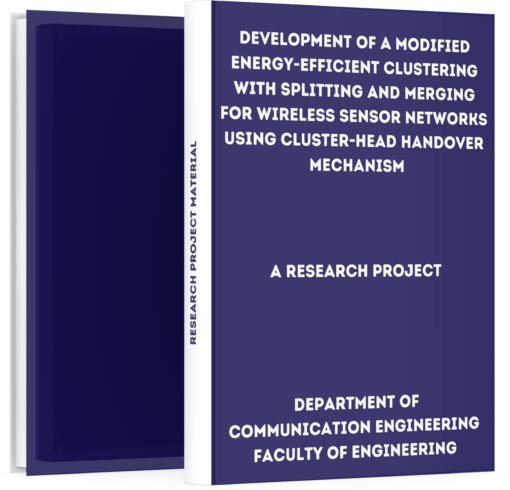
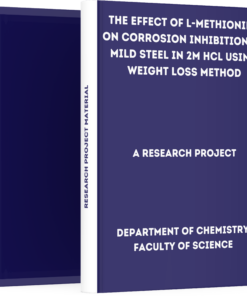
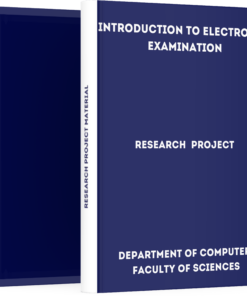
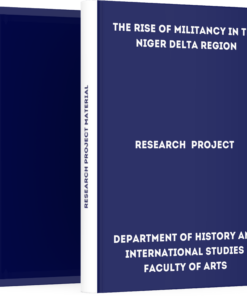
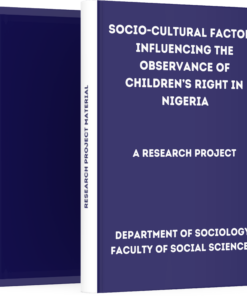
Reviews
There are no reviews yet.